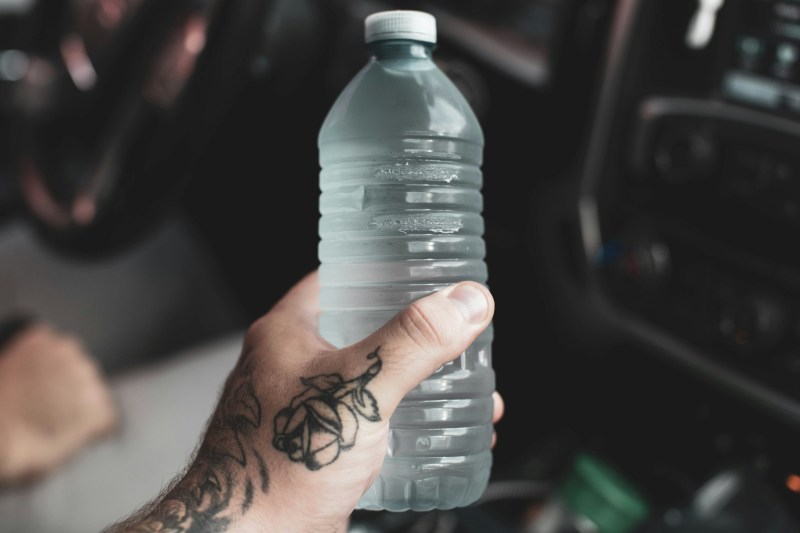
Like many people who’d prefer to simply sip Champagne with every meal, I certainly don’t consume enough water on a daily basis. If I were one to make New Year’s resolutions (I’m not), I might’ve considered making it a goal to drink my recommended dose of water every day in 2024. It’s a good thing I didn’t, though, because so far, I’d be doing terribly. Unless you count the increasingly mounting recycling bin full of empty wine bottles in my garage. No? Too bad. The good news is, if you’re anything like me and just can’t seem to meet that daily water quota, we have a new excuse to opt for a mimosa instead.
According to a recent study conducted by Researchers from Columbia University and Rutgers University and published by the Proceedings of the National Academy of Sciences, there’s a terrifying amount of microplastics in single-use water bottles. Admittedly, we’ve known for quite a while that any single-use plastics are bad news for the environment, but we had no idea the potential harm they could do to our bodies as well.

The study
The study tested three unidentified brands of bottled water. Concentrations of micro-nano plastics, which were estimated to be 240,000 particles on average per liter of bottled water, were found in each brand. About 90% of these were nano plastics. Though physically smaller than one micrometer in size per bottle, that amount is “orders of magnitude more than the microplastic abundance reported previously in bottled water,” the study says.
Until recently, only the study of microplastics was conducted in bottled water as nanoplastics are far smaller in size and, therefore, more difficult to detect. This discovery will help scientists identify nanoplastics’ threat to the human body. While the science here is still very new, and there isn’t yet much research on the topic, it is of note that microplastics have been rampantly found throughout the human body, including inside blood and vital organs. So, while science “may not know yet” if this is a bad thing, it certainly doesn’t sound great.

Alternatives to plastic water bottles
Of course, we love our reusable water bottles. Brands like Stanley, Hydro Flask, and Yeti all make great, durable products, and we love to stock our cabinets full of these gems in every style and color. But sometimes, you want something that feels a little less permanent without having to reach for a single-use plastic bottle. In this instance, we love PATH water bottles. PATH water is ultra-purified, reverse osmosis-filtered, delicious water that comes in sleek, modern, lightweight aluminum bottles that are 100% infinitely recyclable. They also have a great selection of flavors as well as sparkling options. No microplastics included.
Of course, in the interest of erring on the side of caution, you may want to just stick with the glass of Champagne. (We’re kidding…sort of.)



